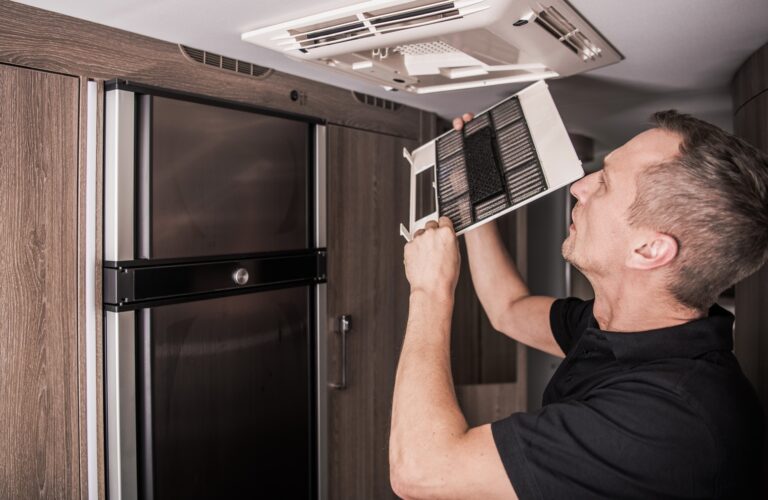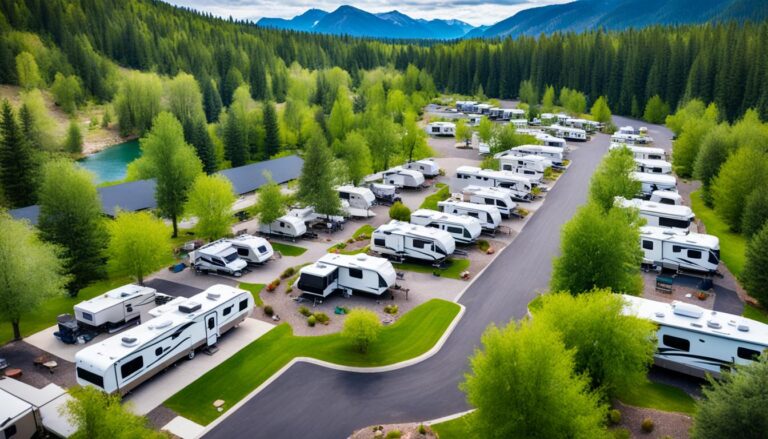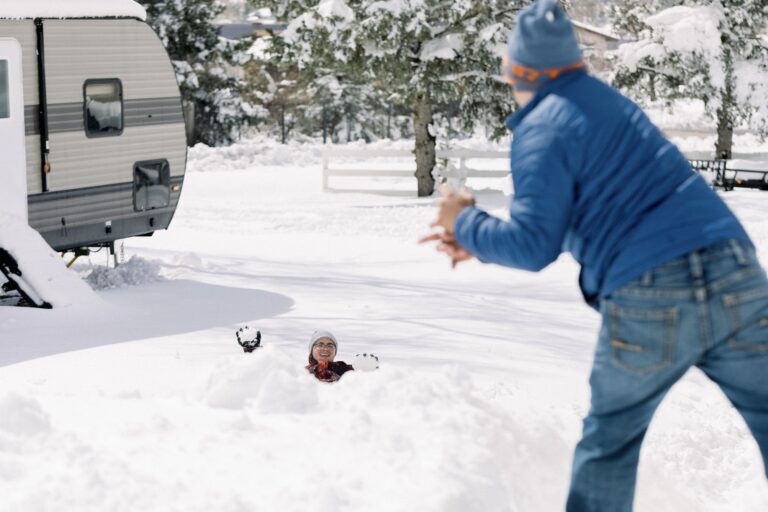RVing offers a unique opportunity to witness wildlife in its natural habitat, an experience that can be both exciting and educational. However, it’s crucial to respect the animals and their environment. Here’s a comprehensive guide on how to safely view wildlife and demonstrate respect towards animals during your RV travels.
1. Viewing Wildlife Safely
Spotting wildlife can be one of the most thrilling aspects of RVing. Here’s how to do it safely:
- Maintain a Safe Distance: Always keep a safe distance from animals. A general rule is to stay at least 100 yards away from larger animals like bears or elk and 25 yards away from smaller wildlife.
- Never Feed Wild Animals: Feeding wildlife can disrupt their natural behaviors and diet, and it can also make them dangerously accustomed to human interaction.
- Use Binoculars or a Telephoto Lens: To observe animals without disturbing them or endangering yourself, use binoculars or a camera with a telephoto lens.
- Observe from Your Vehicle: Often, the best way to watch wildlife is from the safety and unobtrusiveness of your RV or vehicle.
2. Respecting Wildlife
Respecting wildlife is crucial for safeguarding their natural behaviors and habitats. Here are some ways to show respect:
- Follow Park Rules: National parks and campgrounds often have specific rules regarding wildlife. Always adhere to these regulations.
- Do Not Disturb: Avoid making loud noises or sudden movements that could disturb animals. Never chase or try to touch wildlife.
- Leave No Trace: Follow the Leave No Trace principles ↗, which include disposing of waste properly, leaving what you find, and respecting wildlife.
3. Preventing Negative Wildlife Interactions
While wildlife encounters can be exciting, it’s essential to prevent negative interactions. Here’s how:
- Store Food Securely: Food smells can attract wildlife to your campsite. Store food securely inside your RV or in approved bear-proof containers, and dispose of garbage properly.
- Keep a Clean Campsite: A clean campsite is less likely to attract curious or hungry animals. Always clean up after meals and before you retire for the night.
- Be Aware of Your Surroundings: Pay attention to your surroundings, especially at dawn and dusk when many animals are most active.
4. Wildlife Safety by Species
Different wildlife species require specific safety considerations:
- Bears: If you’re RVing in bear country, carry bear spray and know how to use it. If a bear enters your campsite, try to scare it away with loud noises. Never get between a mother bear and her cubs.
- Moose: Despite their size, moose can be surprisingly aggressive, especially during mating season or when protecting their calves. If a moose charges, run and put a large object like a tree between you and the moose.
- Snakes: Be careful where you step or reach, especially in warm, rocky areas where snakes like to bask. If you encounter a snake, give it a wide berth.
5. Learning About Wildlife
Understanding wildlife can enrich your RVing experience and help you respect their needs:
- Read Up on Local Wildlife: Before your trip, learn about the wildlife you might encounter. Understanding their behaviors can help you view them safely and respectfully.
- Attend Ranger Talks or Guided Walks: Many parks offer ranger-led programs that can provide valuable insights into local wildlife.
- Use Wildlife Identification Guides: These guides can help you identify different species and understand their behaviors.
Viewing wildlife can be one of the most rewarding aspects of RVing, bringing you closer to nature and providing unforgettable experiences. By viewing wildlife safely, respecting their needs, preventing negative interactions, understanding safety considerations for specific species, and learning more about wildlife, you can enjoy these encounters while ensuring the well-being of the animals you admire. Remember, we are guests in their home. Happy RVing and wildlife viewing!






